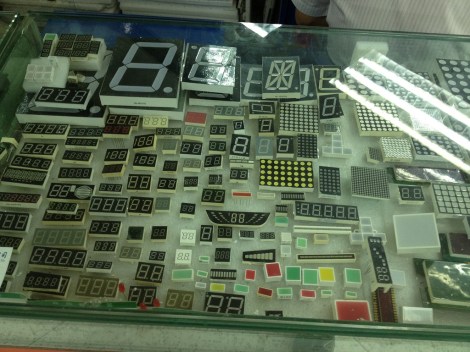
Since the first time [Matt] saw an e-paper display, the idea of using it as a regularly updated, non real-time display consumed him. It really is the perfect platform for very readable calendars, agendas or, as [Matt] found out, a weather display.
[Matt]’s build uses a server to fetch and parse weather data and forecasts from NOAA. This data is then inserted into an SVG file, rendered, converted into a PNG, and finally converted into a grayscale, no transparency image required by the Kindle.
After the image is crafted by [Matt]’s server, a small script running on the Kindle fetches the image, clears the screen, and displays the image. This entire process happens twice a day, often enough for [Matt] to get a good idea of the weather outside without having to look out a window.
The really striking feature of [Matt]’s build is how good his weather display looks. The wonderful iconography of this weather display comes partly from graphics found on The Noun Project, with a few weather conditions drawn by [Matt] himself. It looks great, and is an awesome example of an excellent use of e-paper.














